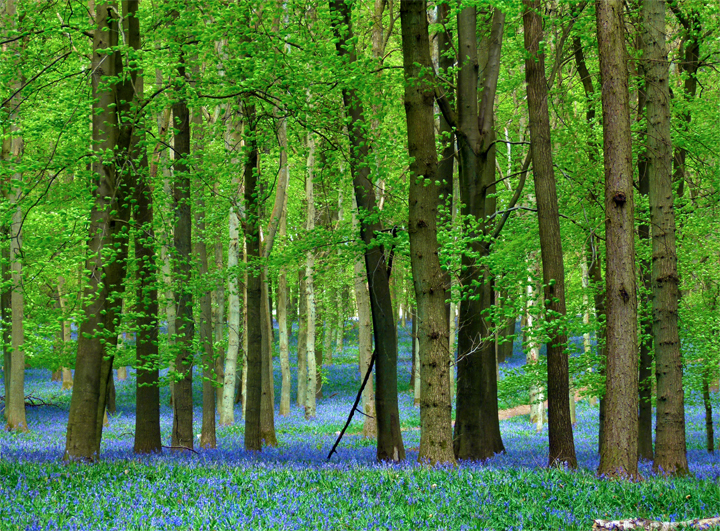Bluebells
Buckinghamshire, England

Image Credit: Sue Vincent
When light reaches a green plant, many different reactions take place to store the energy from light into sugar (aka, carbohydrate) molecules. The plant doesn't use all of the light that it receives. Plants absorb mainly the red and blue parts of visible light from the Sun. The green color we see most often in plants is there because it is a color that the plant reflects rather than absorbs. The green leaves and grasses in this photograph, found amid this field of bluebell flowers, reflect the green range of light, whereas the bluebells reflect blue light.
Download high-res image file | Download caption as .zip file
Campaínhas
Quando a luz incide numa planta verde, muitas reações diferentes têm lugar para armazenar a sua energia em moléculas de açucar (ou seja, de hidrocarbonetos). As plantas não utilizam toda a luz que recebem, aborvendo principalmente as zonas vermelha e azul da luz visível do Sol. A côr verde que vemos como a mais frequente nas plantas é devido a ser a côr que as plantas tendencialmente refletem, em vez de a absorverem. As folhas e ervas verdes nesta fotografia, encontradas entre campaínhas, refletem a zona verde da luz, enquanto as campaínhas refletem a luz azul.
Download high-res image file | Download caption as .zip file
Glockenblumen
Wenn Licht eine grüne Pflanze erreicht, finden viele verschiedene Reaktionen statt, um die Energie des Lichts in Zuckermoleküle (Kohlenhydrate) umzuwandeln. Die Pflanze nutzt nicht alles vorhandene Licht, sondern nimmt mehrheitlich die roten und blauen Teile des sichtbaren Sonnenlichts auf. Die grünen Teile des Lichts werden von der Pflanze reflektiert und nicht aufgenommen. Dies ist der Grund weshalb die meisten Pflanzen grün erscheinen. Die grünen Blätter und Gräser reflektieren den grünen Teil des Lichts, während die Glockenblumen das blaue Licht reflektieren.
Download high-res image file | Download caption as .zip file



